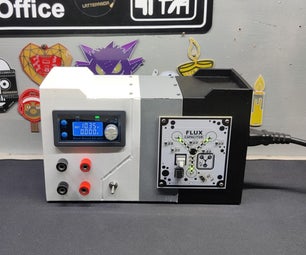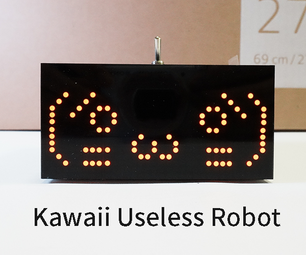Introduction: Pic 12f675 Mini Protoboard
Since I have a lot of ideas about different usages of microcontrollers it always happens I have to build basic microcontroller setup (microcontroller with oscilator).
Finaly I decided to make a small (or should I say mini) protoboard for PIC 12f675 (which I wanted to use for a small project). You can see the result on the picture.
Finaly I decided to make a small (or should I say mini) protoboard for PIC 12f675 (which I wanted to use for a small project). You can see the result on the picture.
Step 1: The Solder Side of the PCB
is here.
Step 2: The Component Side
is here.
Step 3: Elements Placing.
Elements are placed like that.
Step 4: This Is It.
If you'll only be using internal RC oscillator, you can omit the oscillator part (and jumpers).
For larger pictures of the board check my site: http://www.japina.eu
For larger pictures of the board check my site: http://www.japina.eu









